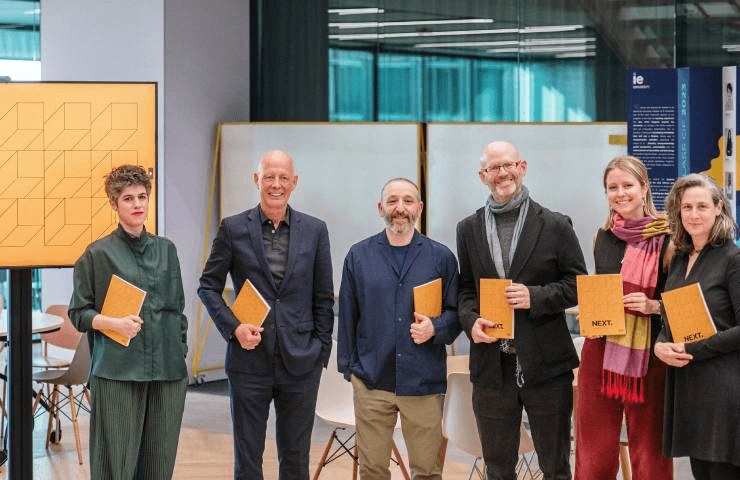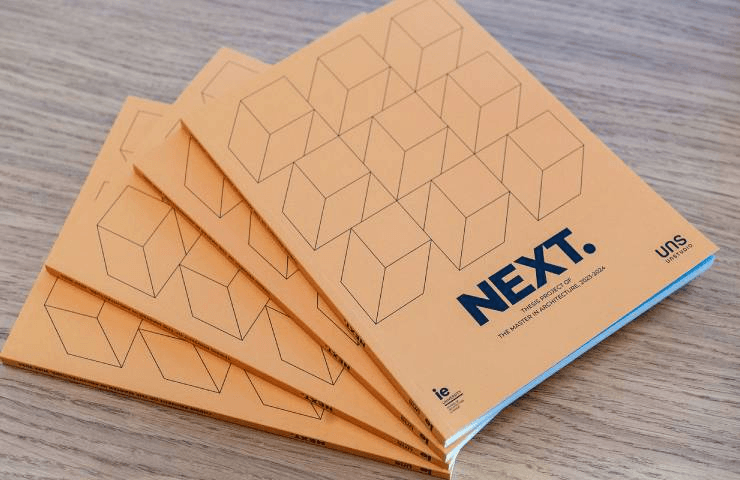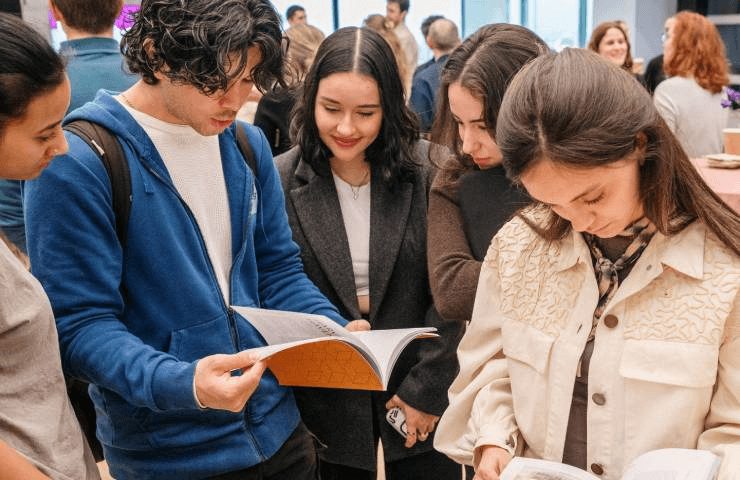IE School of Architecture and Design Presents NEXT, Exploring Architecture as a Catalyst for Positive Impact
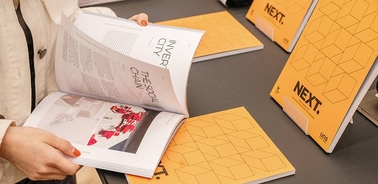
Edited in collaboration with UNStudio, this book is a testament to the Master in Architecture’s commitment to innovation, sustainability, and forward-thinking design.
Madrid, March 28, 2025 – The IE School of Architecture and Design unveiled NEXT. Thesis Project of the Master in Architecture, 2023-2024 at IE Tower, Madrid, celebrating the achievements of the 2024 graduating class of the Master in Architecture. The book, produced in collaboration with UNStudio, envisions architecture as a catalyst for environmental and societal change. The projects reflect the students’ ability to balance creativity, technical knowledge, and sustainability, reinforcing the program’s mission to shape architects who engage critically with the world. The presentation was attended by Ben van Berkel, Thesis Chair, as well as Dana Behrman and Monica Palfy from UNStudio, both closely collaborating in the MArch Thesis development.
The publication showcases a curated collection of thesis projects focused on Circular Living, exploring themes of sustainability, resource management, and urban resilience. The Brainport Smart District (BSD) in Helmond, The Netherlands—an experimental model for sustainable living—served as the primary case study, providing students with a real-world context to develop housing and infrastructure proposals that integrate technology, environmental consciousness, and social responsibility.
"The Final Thesis serves as a culminating laboratory where all participants work in pursuit of discovery", said Fernando García Pino, Thesis Director. "A well-conceived architectural project always provides both particularized and universal responses. It defines systems, establishes reference frameworks and, in the best cases, even shifts paradigm", he added. "To propose and build architecture is to take a stand on the challenges of each design moment", stressed García Pino.
The book presents 18 architectural responses, from urban farming and material circularity to high-tech energy solutions and experimental housing models. As Marcela Aragüez, Director of the Master in Architecture, explains, the projects transcend traditional academic exercises, reflecting a "license to mean". "At the heart of the Master in Architecture is the belief that architecture is about impact...professional licensure is not only a license to build, but a license to mean, to shape the built environment with rigor, passion, and dedication", said Aragüez.
The MArch program at IE University places a strong emphasis on bridging the gap between academia and professional practice, a vision realized through its partnership with UNStudio, led by Ben van Berkel. The Amsterdam Lab Workshop, an immersive three-week exploration, where students engaged with UNStudio architects and urbanists, provided a hands-on opportunity to tackle real-world design problems.
"Focusing on the concept of Circularity and Design for Living, our partnership with IE University has facilitated a dynamic exchange of ideas between academia and practice", said Ben van Berkel, the Master in Architecture Thesis Chair, and Founder Architect of UNStudio. "UNStudio’s involvement has enriched the programme with contemporary industry perspectives, while IE University’s academic rigour has contributed to UNStudio’s ongoing exploration of innovative design methodologies", added van Berkel.
The thesis projects explore pioneering architectural solutions that may be categorized under five major themes:
Circular and sustainable design projects investigate bio-based materials, regenerative architecture, and zero-waste solutions. Examples include Plantae by Franka Ducic, a residential project integrating hemp and biogenic materials to create a post-carbon housing model, and A Plastic Metabolism by Javier Madero, a project proposing the upcycling of plastic waste for construction materials.
Urban resilience and adaptability projects address climate-related challenges through architecture. Aqua Nest by Alexander Aggersbjerg, and Liquid Living by Farah Darwish Zafer AL-Dajani explore water-based living and flood-resilient architecture.
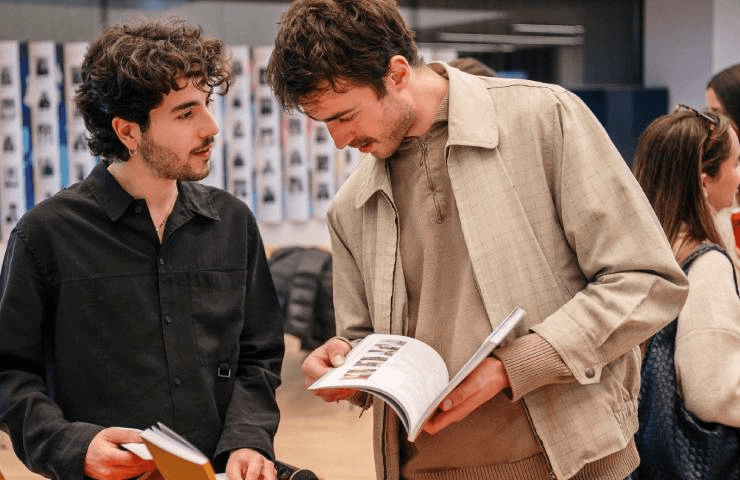
Food and energy production projects focus on designing spaces that foster local food systems and sustainability. Living with Food by Catarina Gill de Barros Leonel that integrates urban agriculture within residential design, while Harvest Haven by María Fé Montenegro envisions a self-sustaining residential community where energy, water, and food production coexist.
Technology and future cities projects investigate how architecture can integrate with cutting-edge technologies. BSD Earth+ Lab by Elvan Z. Gürbüztürk is a research hub exploring soil health and biodiversity within an urban setting, while Hidden Harmony by Victoria Porubaeva presents a nature-integrated housing system that fosters biodiversity and ecological restoration.
The book is available in print at IE University stores, and the digital edition can be read here.
